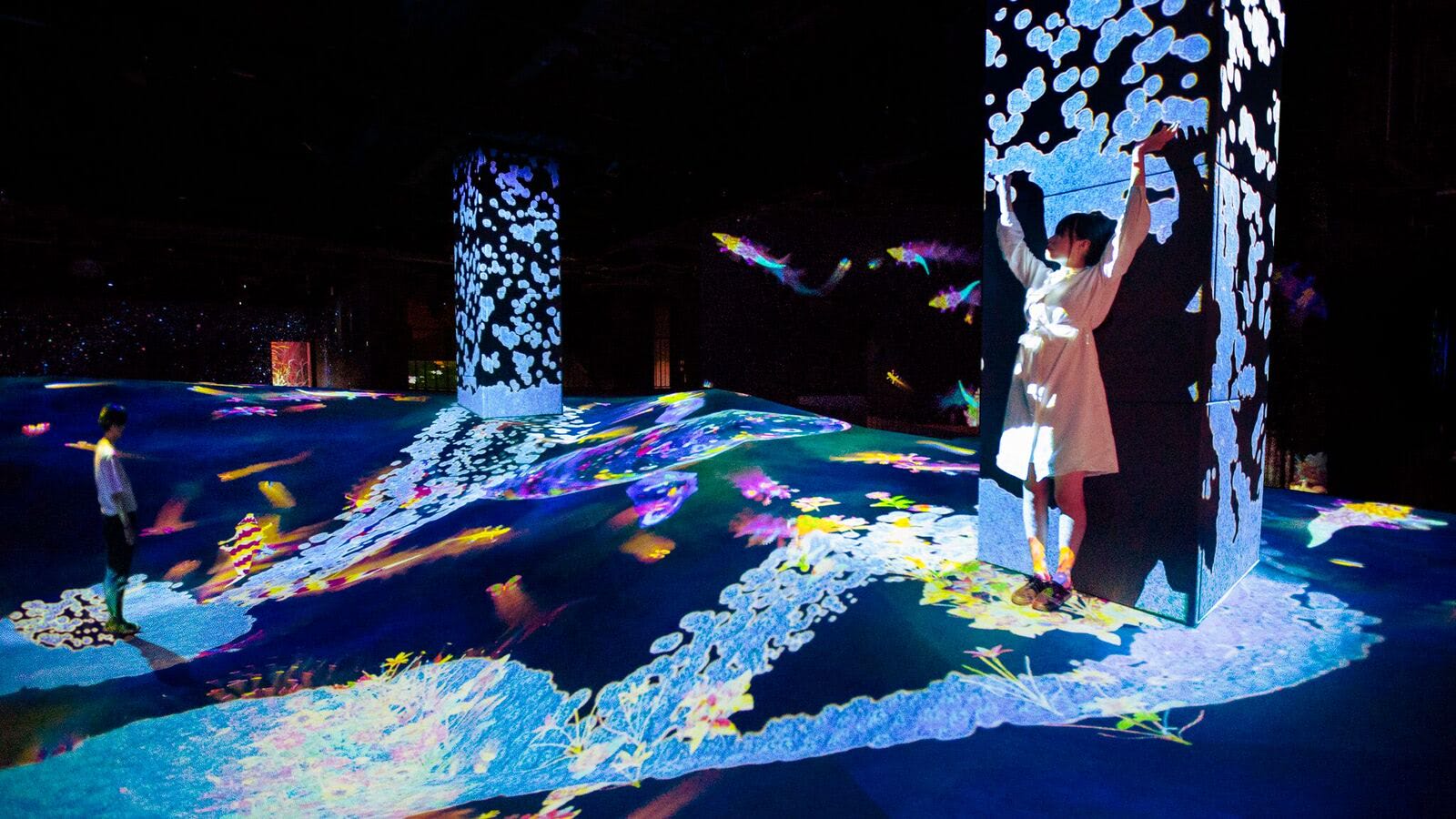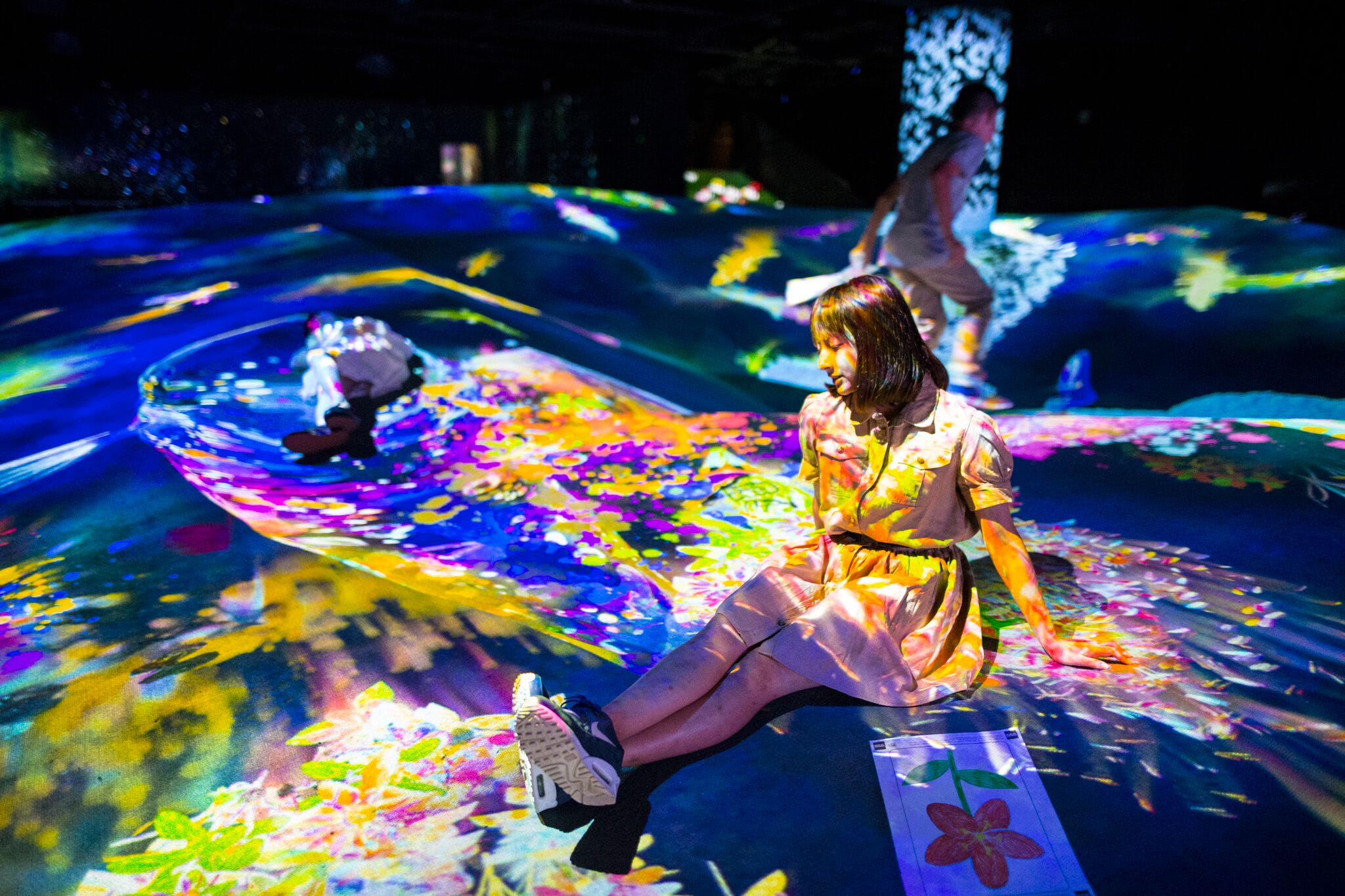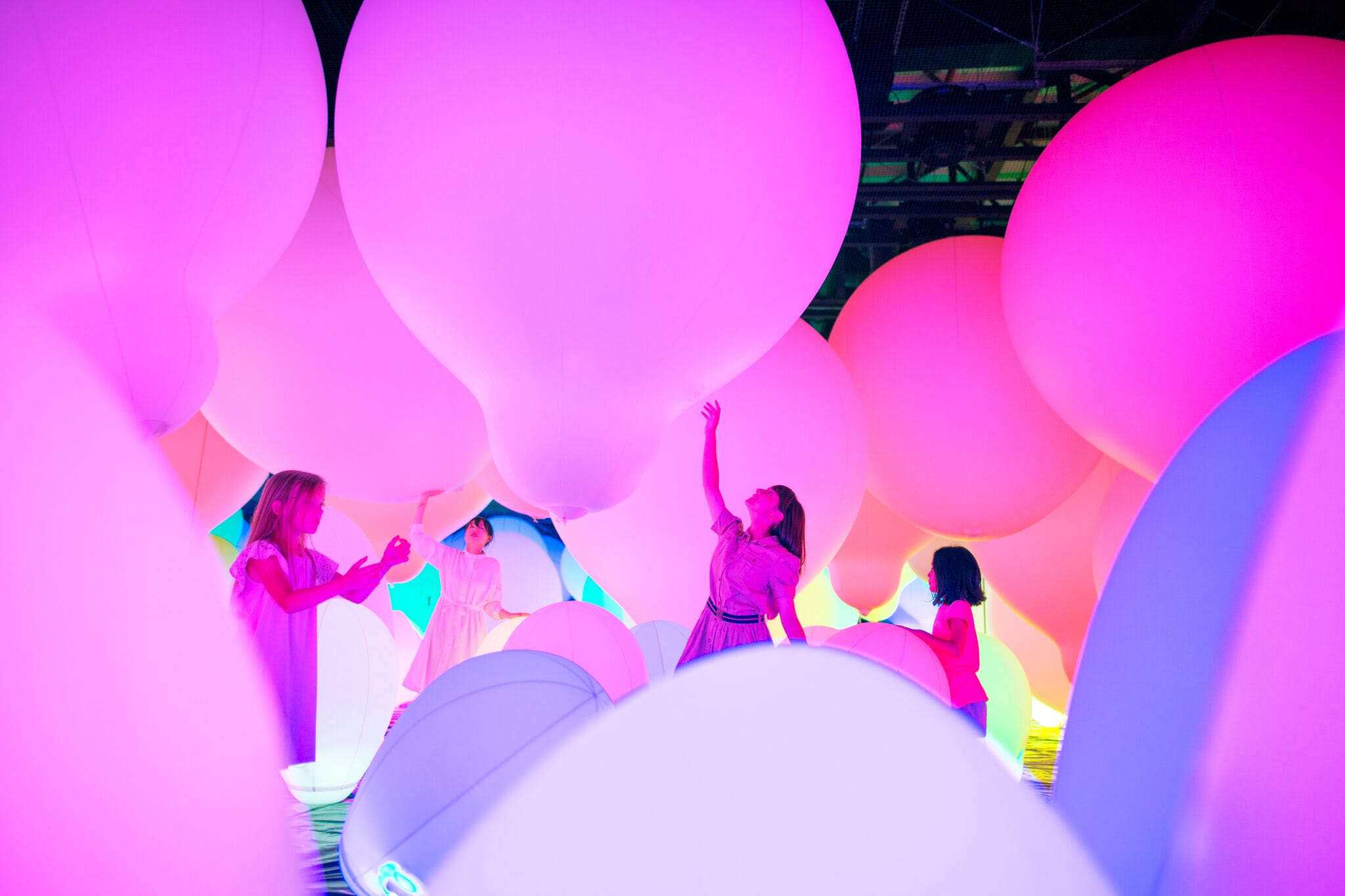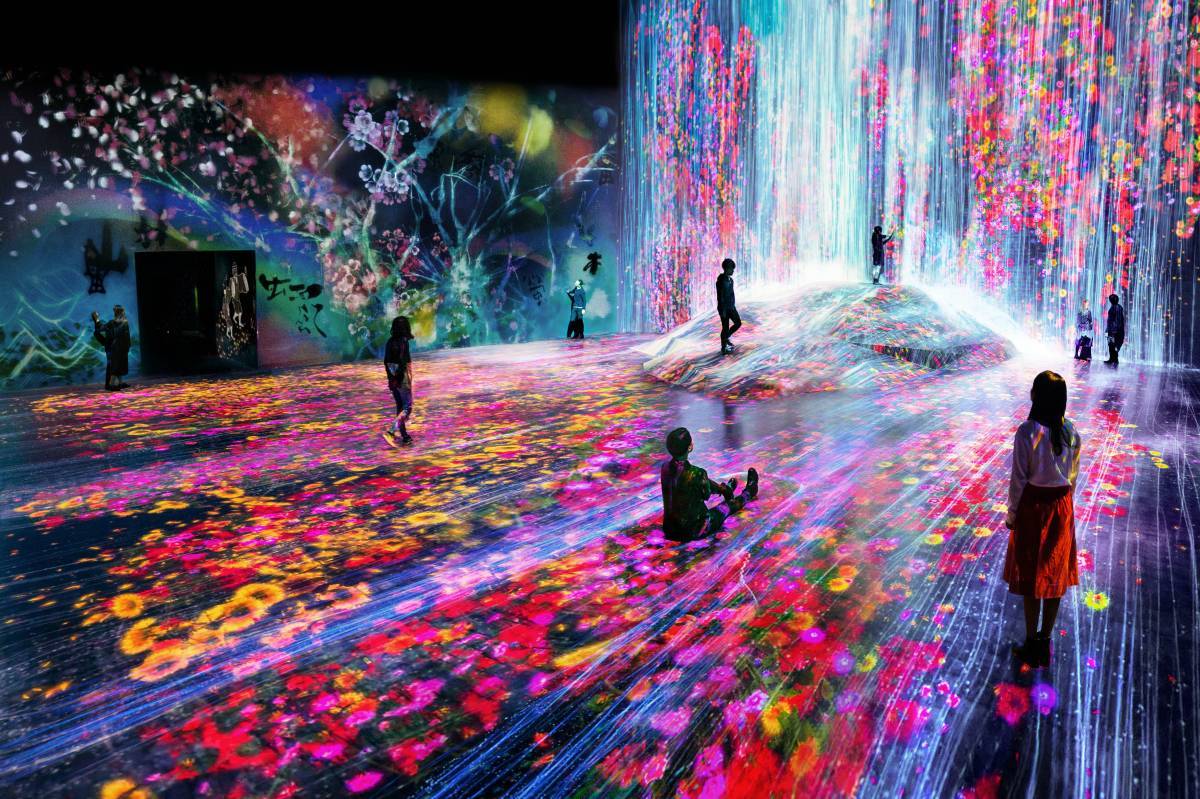Last month I had the opportunity to immerse myself in Tokyo’s newly opened digital art landscape, the Mori Digital Art Museum. The museum stands out for it enables virtual experiences without the goggles; augmented reality without the screen.
In fact, in Mori Digital Art Museum, the visitor is the screen - spectacle and spectator become one in the many installations that are part of this conglomerate of art and technology. It’s this (out of) bodily experience that distinguishes the museum from any other; an experience enabled by a close collaboration between science and the arts.
However, in an age of stimulatory overkill in the hectics of day-to-day metropolitan life, one may wonder to what extend (or if) such an immersive experience enables a fresh view on our environment.
After all, roaming the busy streets of Tokyo is an immersive experience in itself.

Crossing the borders between the human and the nonhuman
The museum experience can be best understood as “a group of artworks that form one borderless world”: it’s an interdisciplinary effort of artists, programmers, engineers, animators, mathematicians and architects – whose collective interests, regarding art, nature, technology and the relationships of human and nature, make up one unified world.
Put differently, it is their mission to explore humans as borderless beings that submerge in their environment.
This mission is closely linked to the academic movement new materialism. Briefly described, this philosophical school of thought addresses the materiality of beings by transcending the boundaries between the human and nonhuman, as well as by defining beings – from humans to trees – as matter that is entangled with one and another.
New Materialism specifies our next nature as immanently connected to its environment on a very physical level.
Mori Digital Art Museum exemplifies this stance towards the bodily unification of matter by merging the artwork with the spectator. Upon entering an art installation, the visitor physically becomes part of the installation as it is literally projected onto the human bodies visiting the museum.
This immersive character of the installations bridges the gap between the cultural and the environmental, between the human and the nonhuman. So, in the context of new materialism, one may argue, that the museum educates us on how we may re-evaluate the world as a bodily extension.

Immersive art as distinguished from the immersion of daily live
However, upon entering the museum one immediately notices that this experience was mostly mediated by another technology: smartphones.
Many people were wandering the museum like tourists in Tokyo’s Shibuya Crossing, taking photos and videos of anything visually appealing – myself included.
This ‘instagrammability’ made us wonder in what way this experience would differ from observing the entertaining street signs of Tokyo’s busy night life. How does the immersive art experience result in a critical examination of the relationship we have with our environment? Will Mori Digital Art Museum’s visitors sense their relation to the environment differently upon leaving the museum?
Firstly, the museum’s installations evoke a sense of marvel similar to when we see a lushy natural landscape. Mediated by human-made technology, the bewilderment found in the museum is a different one than the one in nature.
Yet, it is also the same in its ability to trigger a sense of marvel and awe. As the installations depict artworks that remind us of natural phenomena, one argues that this museum pushes its visitors to think about how technology and nature may fuse in our next nature.

Contrastingly, the bright city signs usually have a mere commercial function that actually feel very dissociated from the greenery found outside urban grounds.
The brightly lit city signs do make me more aware of the environment in the sense that they become emblematic for consumption. Seeing the bright city lights, I always think about how the city propagates consumption to the max. This brings me to the next aspect of the museum’s distinguishing character: raising environmental awareness.
In times of environmental change caused by human conduct, one cannot contest that we must critically examine our relationship with our environment. It is exactly this critical component that the museum adequately addresses.
By considering the environment as a bodily experience, the museum informs us that our reality is projected upon us. If we want to cherish this reality on earth, perhaps we should re-evaluate our relationship with the nonhuman.
This critical stance towards human conduct is emphasized by the museum’s so-called Athletic Forest. Here, visitors are able to interact with their surroundings.
Playful activities such as jumping yourself into a black hole on a trampoline filled with constellations are an approachable way of conveying this message. Next to interactive activities, there are also infographics in the hallways, showing the way natural ecosystems work.
In other words, the museum also deploys an institutional responsibility of reminding us of our impact on our surroundings.

So, even though the dazzling visuals of the Mori Digital Art museum are very instagrammable, they are anything but a tourist hotspot that propagates consumerism.
The museum’s emergence from interdisciplinarity - ranging from visual arts to math - suggests an intimacy between the human and the nonhuman, between a subject and its environment.
This collaborative project encourages its visitors to critically examine their relationship with their environment, precisely because they are part of it as a bodily whole.
Moreover, the installations demonstrate how the marvels of nature may collaborate with the marvels of technology.
All in all, Mori Digital Art Museum proves that immersive art may be an educational medium in helping us explore our next nature, which is wild and unpredictable as ever.

Share your thoughts and join the technology debate!
Be the first to comment